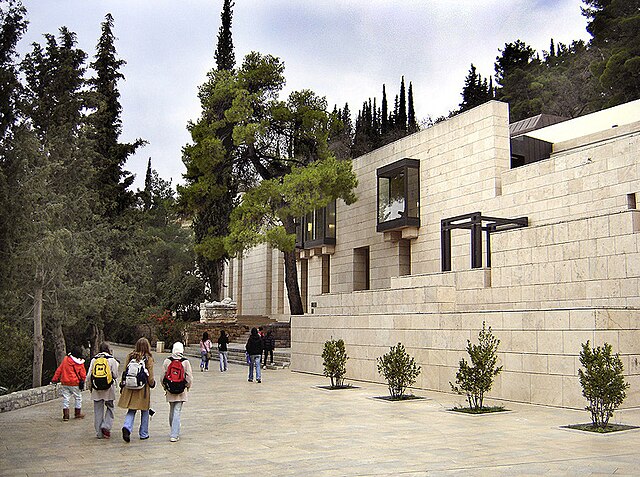The Delphic Hymns are two musical compositions from Ancient Greece, which survive in substantial fragments. They were long regarded as being dated c. 138 BC and 128 BC, respectively, but recent scholarship has shown it likely they were both written for performance at the Athenian Pythaids in 128 BC. If indeed it dates from ten years before the second, the First Delphic Hymn is the earliest unambiguous surviving example of notated music from anywhere in the western world whose composer is known by name. Inscriptions indicate that the First Delphic Hymn was written by Athenaeus, son of Athenaeus, while Limenius is credited the Second Delphic Hymn's composer.
Fragments of both hymns in the Delphi Archaeological Museum
First Delphic Hymn, 1st and 2nd verse
Photograph of the original stone at Delphi containing the first of the two hymns to Apollo. The music notation is the line of occasional symbols above the main, uninterrupted line of Greek lettering.
First Delphic Hymn, 3nd verse
Delphi, in legend previously called Pytho (Πυθώ), was an ancient sacred precinct and the seat of Pythia, the major oracle who was consulted about important decisions throughout the ancient classical world. The ancient Greeks considered the centre of the world to be in Delphi, marked by the stone monument known as the Omphalos of Delphi (navel).
The Athena temple complex, including the Delphic Tholos. The background is the Pleistos River Valley.
The polygonal wall, 1902
Archaeological Museum of Delphi, designed by Alexandros Tombazis
The reconstructed Treasury of the Athenians, built to commemorate their victory at the Battle of Marathon








